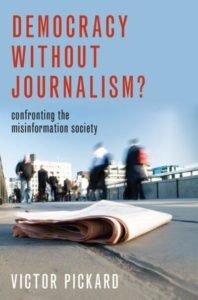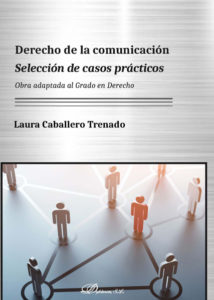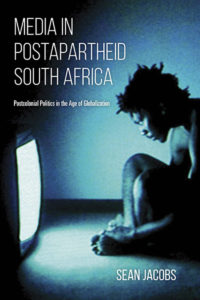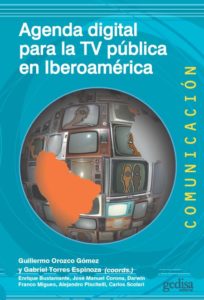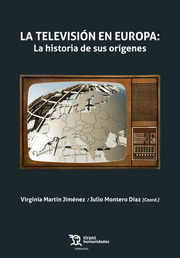The introduction to the edited volume Communication and Discourse Theory aims to reflect on the interaction between discourse theory and the study of media and communication, as well as the Brussels Discourse Theory Group’s contribution to it. The chapter starts with a summary of the main tenets of Laclau and Mouffe’s discourse theory, and touches upon its methodological/analytical translation in discourse-theoretical analysis (DTA). The next main part of the chapter discusses how discourse theory has been put to use for the analysis of communication and media, distinguishing four thematic areas: (1) communication, rhetoric, and media strategies; (2) discourses in media organizations; (3) media identities, practices, and institutions; and (4) media and agonistic democracy. In the next part, two areas that are currently being developed in the group, and have thus far remained under-developed, are singled out theoretically as well as empirically, from a discourse-theoretical perspective. This includes the relation between the discursive and the material, and the relation between media, communication, and audiences. Finally, the chapter provides a short overview of the other chapters in this book.

